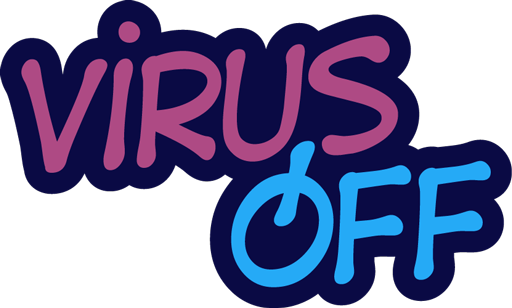Starting in 2027, low- and middle-income countries will gain access to a groundbreaking opportunity: a revolutionary HIV prevention tool — injectable lenacapavir — will be available at the cost of just $40 per annual course. This decision is already being hailed as a turning point in the global fight against the HIV/AIDS epidemic.
The announcement of the affordable price came on September 24, 2025. Behind it stands a new alliance: Indian pharmaceutical company Dr. Reddy’s Laboratories, international initiative Unitaid, theClinton Health Access Initiative (CHAI), and South Africa’s research center Wits RHI. Thanks to this collaboration, large-scale production and distribution will become possible, with the cost comparable to that of traditional oral pre-exposure prophylaxis (PrEP).
Lenacapavir is developed by Gilead Sciences. It is a long-acting injection administered only twice a year. Clinical trials have shown exceptional efficacy: the drug blocks a key HIV capsid protein and prevents infection with unprecedented reliability. The WHO has already included it in its guidelines, and experts note that this form of prevention can overcome major barriers: the need for daily pills and dependence on patient adherence.
Back in 2024, Gilead granted licenses to six pharmaceutical companies for manufacturing and distributing lenacapavir in 120 countries, including Armenia, Azerbaijan, Belarus, Georgia (Sakartvelo), Kazakhstan, Kyrgyzstan, Moldova, Tajikistan, Turkmenistan, Ukraine, and Uzbekistan. Now, with the addition of Dr. Reddy’s, the price has become truly affordable: $40 per year for a product that could dramatically reduce new infections.
Today, according to the UN, more than 39 million people live with HIV, and around 1.3 million new cases are registered each year. The greatest burden falls on low- and middle-income countries, where limited access to prevention and treatment worsens the crisis. Lenacapavir promises to change the game: a simple twice-yearly injection addresses low adherence, reduces stigma risks, and makes prevention accessible to the most vulnerable groups.
However, experts warn that success will depend on more than just price. Key factors include:
- the readiness of national health systems to implement new prevention protocols;
- training for medical staff;
- tackling stigma and discrimination against people at risk;
- transparent procurement and equitable access.
If the program scales as planned, by the end of the decade the world could see a significant drop in new HIV cases. And at $40 per year, lenacapavir becomes one of the most affordable infection-prevention tools in medical history. Lenacapavir is not just another drug. It is a chance to shift the course of the HIV epidemic, making prevention widespread and effective. The pressing question now is whether governments and international organizations will seize this opportunity.
It should be noted that the price of drugs for drug-resistant tuberculosis has fallen below $300. This became possible after the third significant price revision in 2025, marking a new stage in ensuring the availability of treatment for the most vulnerable groups of the population.



